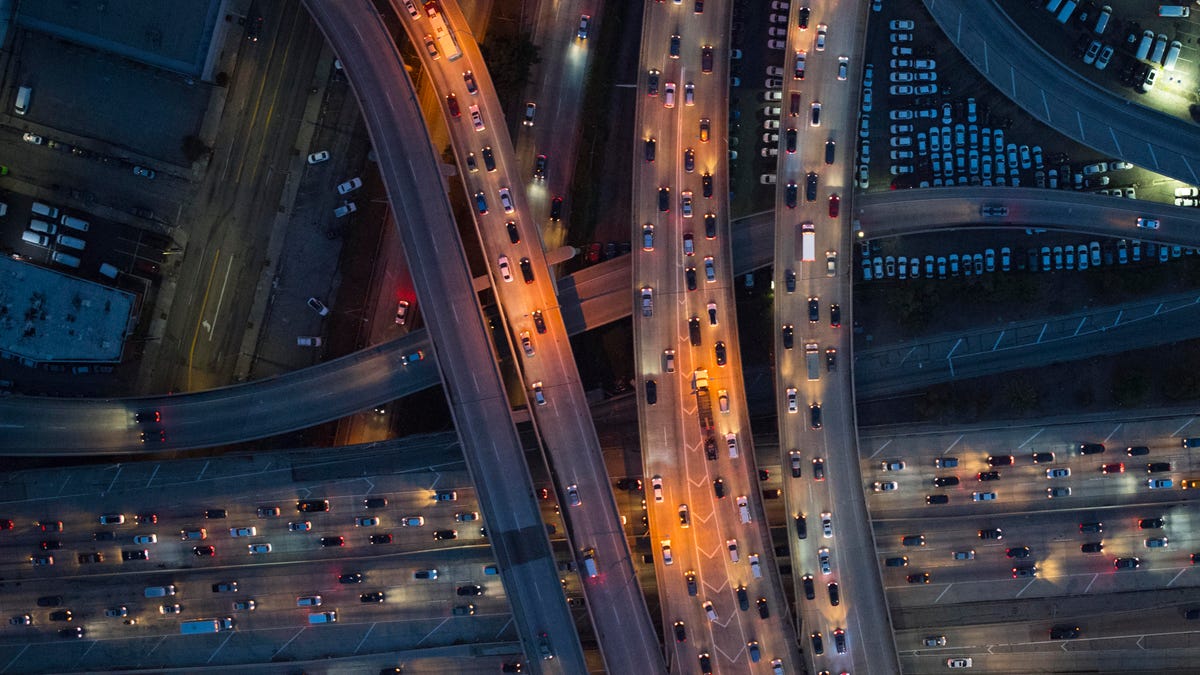TomTom's 2019 Traffic Index puts bad traffic in perspective
Americans are spending 2 hours 23 minutes extra in traffic, but it's worse outside the US.

Americans will spend, on average, 4 days 13 hours and 38 minutes per year in rush hour traffic.
The human race is an incredibly diverse group, with thousands of beautiful and different cultures. Still, one thing that seems to be nearly universal is how much people love to complain about traffic.
Well, the good news for people who love to complain and bad news for everyone else is that it's getting worse pretty much everywhere, according to the Traffic Index released Tuesday by TomTom.
In the US, the top 10 worst cities for traffic with populations of over 800,000 all posted double-digit increases in extra travel time with -- surprise, surprise -- Los Angeles being ranked as the worst with a 42% increase. Next up -- also a no-brainer -- is New York, which went up by 37%. San Francisco, San Jose and Seattle make up the rest of the top five, followed by Miami, DC, Chicago, Honolulu and Austin.
But wait -- if you think that's bad, get a load of the top 10 global cities. Thankfully, the US didn't manage the top 10, with almost all the entries coming from Southeast Asia, apart from Bogota and Moscow. Bengaluru, India -- aka Bangalore -- and Manila, Philippines are worst of all with a shocking 71% increase in travel time, followed by Bogota, Mumbai and Pune, India with scores of 68%, 65% and 59%, respectively.
From there we go to Moscow, Lima, New Delhi, Istanbul and Jakarta. Jakarta's score of 53% is still 11% ahead of Los Angeles, which -- as an Angeleno myself -- kinda makes me morbidly curious just how bad it actually is.
"In the US, it's paramount for city planners and policymakers to have all of the necessary tools at their disposal to help them properly analyze traffic levels and citywide congestion, which is exactly why we designed the Traffic Index -- to help them make critical infrastructure decisions in real time," said Nick Cohn, senior traffic expert for TomTom, in a statement. "By identifying problem areas in live traffic patterns with the Traffic Index, we're helping optimize traffic flow and creating a safer, cleaner, congestion-free world together with our partners and drivers."
To build the Traffic Index, TomTom used 221,581,713,027 miles of data from 2019 alone, which makes it kind of hard for anyone to complain about sample size -- that number works out to nearly 9 million trips around the globe.
What's the takeaway from this? Commuting still sucks, and it's only getting worse, so anything we can do to help stay off the roads, take up less space on the roads or increase the number of people per car is going to make a difference. Other than that, maybe this is the chance you've been looking for to talk to your boss about telecommuting?

